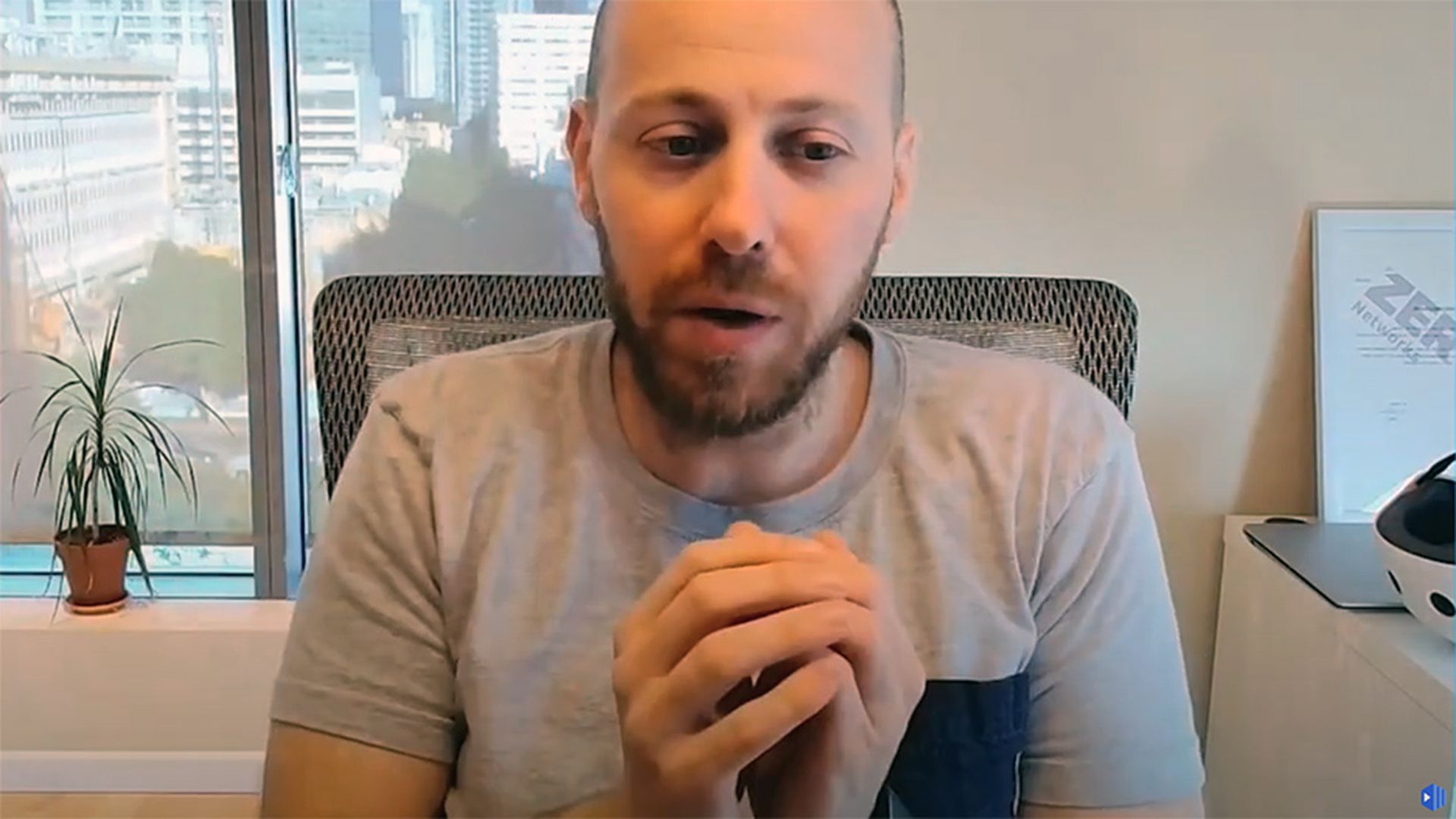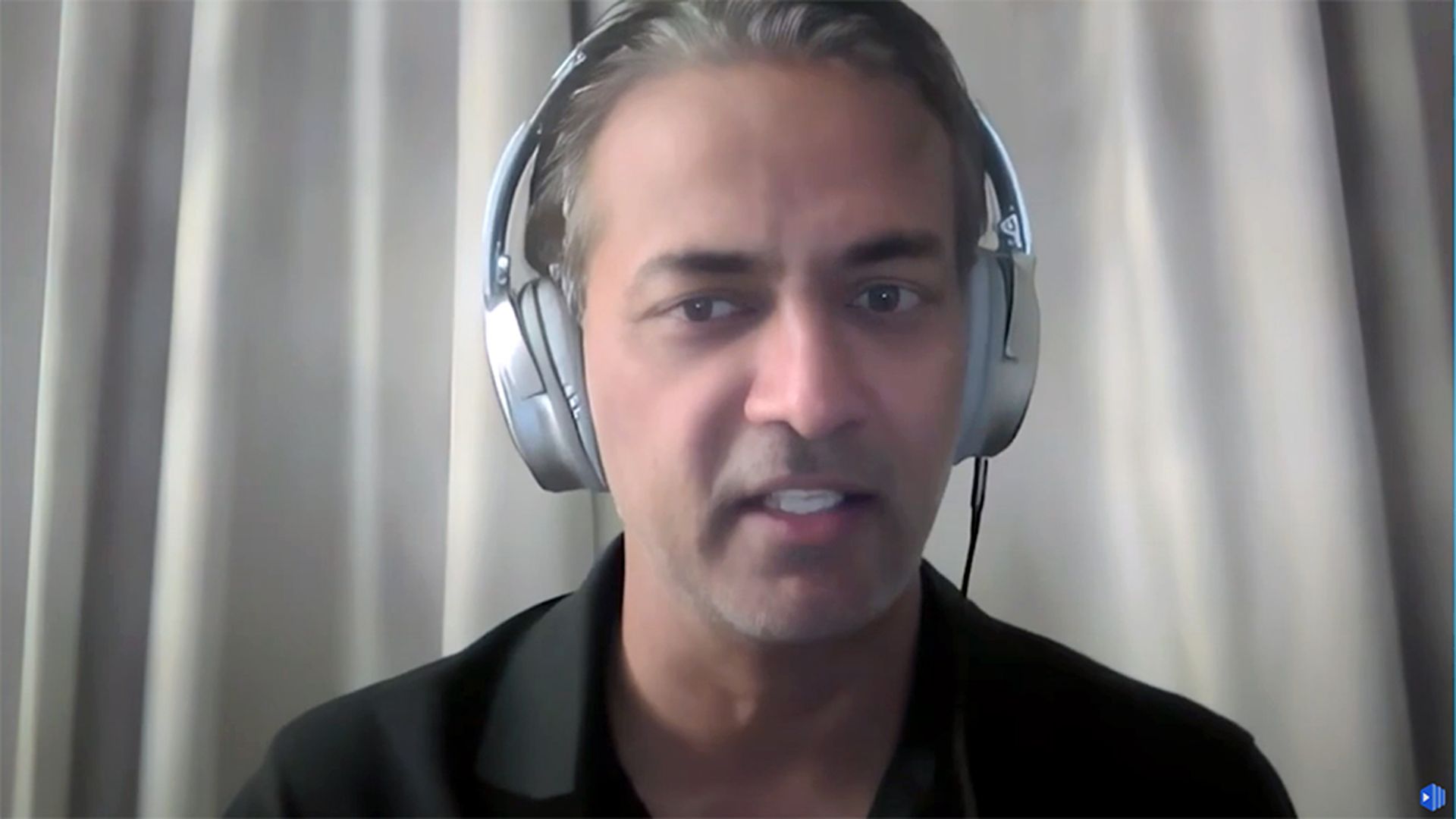
Often under pressure to prove our value, security ends up taking on extensive projects with equally big expectations. The rush to “do something” often means the foundation for success gets overlooked or otherwise neglected — a costly mistake. The key is taking time to build the right foundation and use the resulting clarity to deliver value faster.
Here’s a recent example of how this happens and how we can fix it.
The leader of the ad hoc “identity team” asked me if I could help figure out why they stalled and what to do about it. I started with my customary, “What problem are we trying to solve?”
Various voices offered similar, but different answers.
I followed up with what I hoped was a simple question: “What are the basic definitions and model we’re using for this effort?”
At first, I watched a lot of heads nod knowingly on the screen. Then a few voices assured me they had it captured, and I’d like it. When I asked for someone to send it to me, the voices turned to panic as they explained, “Uh, we don’t have it … uh … documented.”
With a little more pressing, the project manager dug up three different slide decks to share with me. They created these decks within a few weeks of each other, but each had a different author. Two of them were from vendors.
The decks were inconsistent in format, terminology, and approach. Definitions in one deck conflicted with definitions in another deck. This reflected in the confusing notes on digital whiteboards and other shared resources.
You might laugh or sigh with understanding, but this happens more often than you probably think. Partly because the time we spend on a topic creates a false sense of confidence that everyone else understands what feels clear to us. Except it seldom works that way and most people go along confused.
On the heels of this initial review, they asked me to comment on and help improve a project summary.
I read the draft and got confused.
When I explained how the draft didn’t match any of the documents or previous discussion, no one argued. Then a lone voice piped up and explained that she, too, was confused and had been for several weeks.
This team was confused and loaded with friction, unable to communicate, prioritize, or act.
We know friction erodes value, destroys trust, and burns people out. As friction builds, it grinds projects to a halt, making everything more complicated, time-consuming, and costly.
The resulting friction makes it harder to communicate and prioritize, leading to wasted work, rework, and, you guessed it, more friction.
It pays to take the time to create a foundation. Think of the foundation as the starting point for the project, and for people new to the project. Capture and explain the basics — what, why, how, and maybe who, when, and where. Keep the language simple.
The goal is to make sure everyone is truly on the same page and shares a common understanding. Do this by capturing the core concepts and guiding principles. Work to avoid confusion by offering people a map of sorts, if even a literal map.
While it might be nice to start with a solid foundation, it’s OK to build it when you can. With this team, it took a few weeks to unpack and clarify what was happening. The clearer it got, the more focused we got. Eventually, the team got unstuck and back on track.
Clarity is the fuel for acceleration.
Getting this right breeds the confidence needed to finish the work and deliver value faster. Not only will you move faster, but you’ll reduce the friction, wasted work, and even spend less time in meetings, freeing you up to solve more problems.



